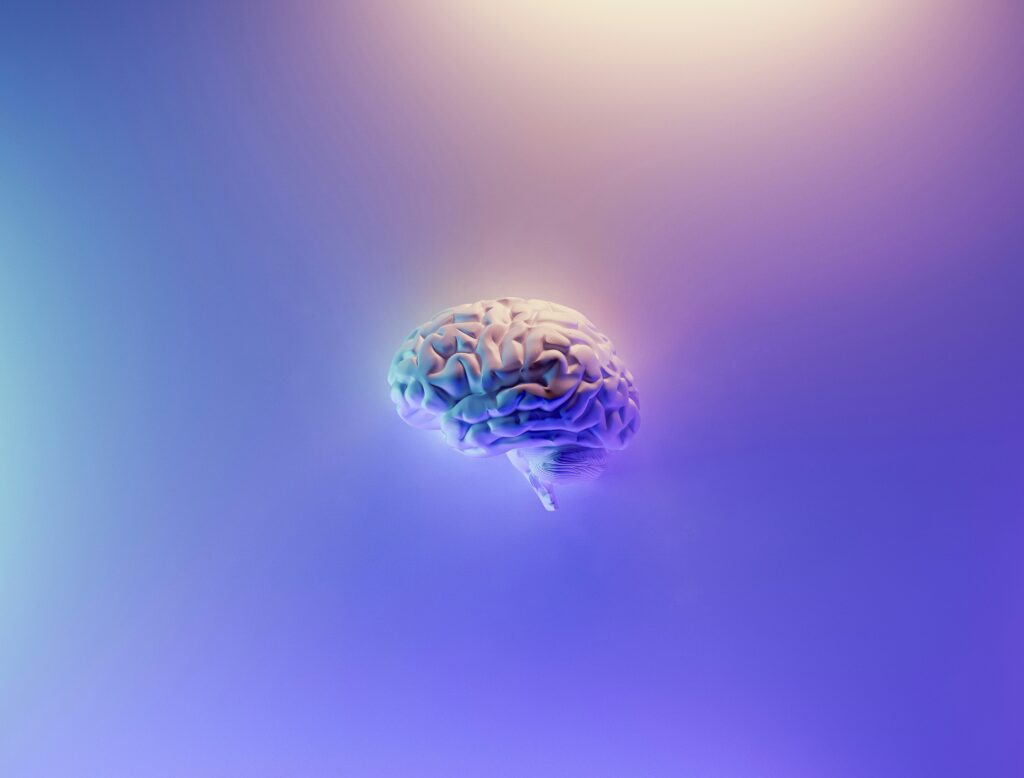
I do not consider myself to be a science guy. Whenever I see terminology about biology, or chemistry, or anything associated with these topics, I tend to see that as my time to tap out. I think it’s a combination of finding these topics to be challenging to grasp, and a general disinterest in science during my time in the public school system. However, the one area I have always found interesting is the neuroscience of trauma, and how trauma impacts the body and the brain. So, this week, I wanted to delve a bit further into the topic!
The HPA Axis
The HPA axis — in fancier terms, the hypothalamic-pituitary-adrenal axis — is the stress-response centre of the body. The hypothalamus detects stressful situations, sends a signal to the pituitary gland, which then sends another message to the pituitary gland, which releases cortisol (a hormone produced to help handle stress). Chronic activation of the HPA axis (and the sympathetic nervous system, which controls blood flow and heart rate) can wear down mental and physical health over time.
This is a great video I watched explaining the HPA axis:
The “Alarm System”
Together, two parts of the brain — the amygdala and the dACC — work together as a sort of “alarm system” for threat detection.
Amygdala — The amygdala helps identify when something is scary or threatening, and triggers the stress responses in the other parts of the body (i.e. the HPA or the prefrontal cortex).
Dorsal Anterior Cingulate Cortex (dACC) — The dACC helps control how we respond to the threats detected by the amygdala.
Toxic Stress
Toxic stress occurs when children experienced prolonged stressful situations, often without the support of comforting adult relationships. Toxic stress can lead to the overproduction of adrenaline (through the sympathetic nervous system) and cortisol (through the HPA axis) can lower the threshold for stress response activation. When a child, particularly in their early years, experiences toxic stress, the neural connections that control fear, anxiety, and impulsivity are strengthened (meaning a child will be more anxious and fearful), while those controlling planning, control, and reasoning are weakened.
Excessive cortisol can damage the hippocampus, a part of the brain responsible for learning, memory, and stress-regulation. As such, when children and youth experience traumatic events over an extended period of time, they are more likely to have learning and self-regulation challenges.
What Can We Do?
As teachers, we can only do so much to control the toxic stress of our students. Trauma often happens within the home, and so this responsibility lies with both caregivers and higher-level decision makers who help create the conditions that lead to toxic stress (i.e. through poverty or lack of access to mental health services). However, it is nonetheless important for us to recognize the impact that our actions have on our students neurophysiological well-being.
- Teachers have the opportunity to provide comforting, consistent relationships that can, to some extent, help reverse the impacts of chronic stress on the hippocampus.
- Providing ample opportunity for free exploration and social play can serve as a protective factor against the effects of complex trauma and can, to a degree, reverse its impacts.
- Calm teacher-student relationships are proven to be predictive of lower stress hormones in the early years, particularly for those who are temperamentally shy.
Wow, another post where a part two may be in order! There is so much to unpack. I am curious about everyone else’s experience with working with youth with trauma and from my more science-inclined peers, if there any other interesting concepts I should look into!
Markus
Leave a Reply
You must be logged in to post a comment.